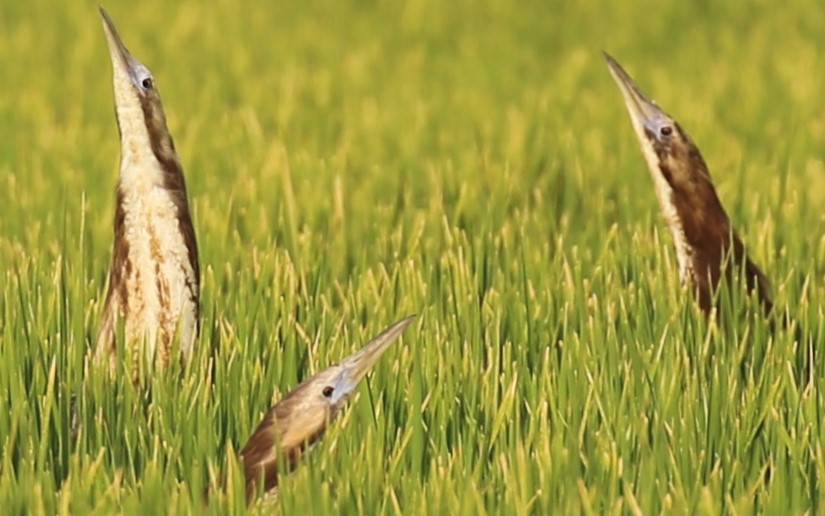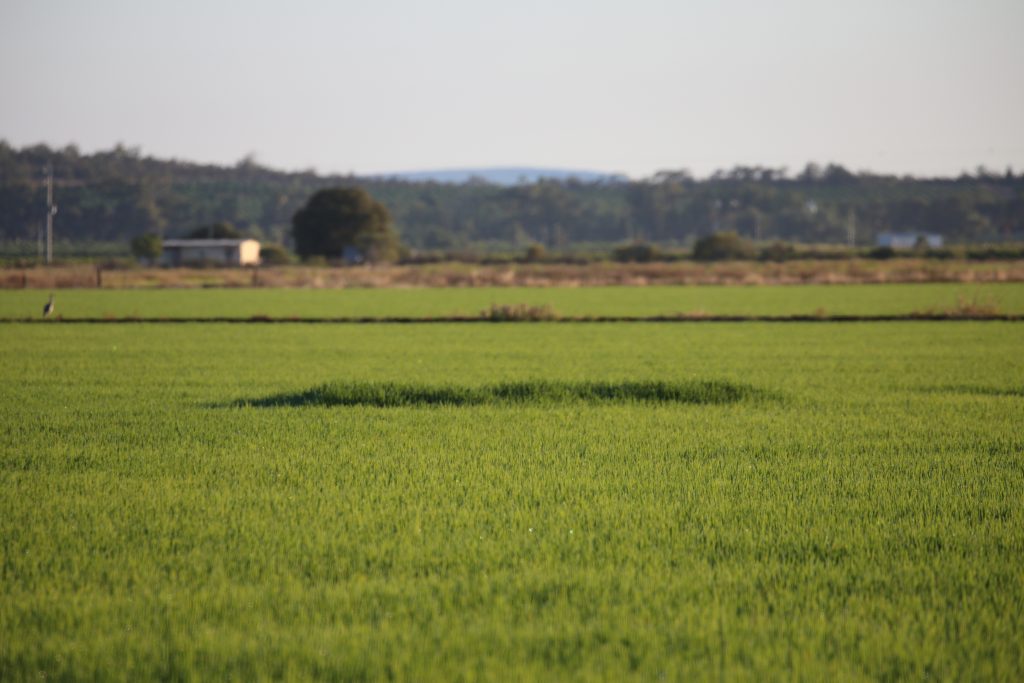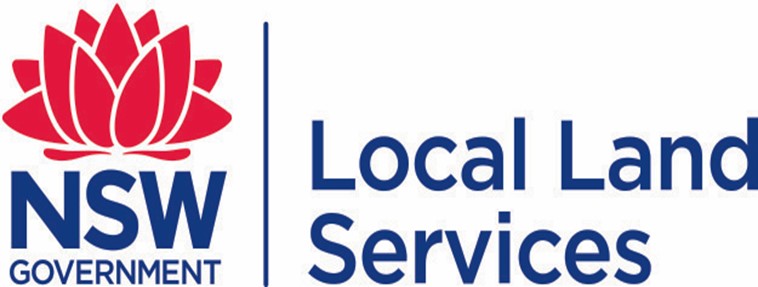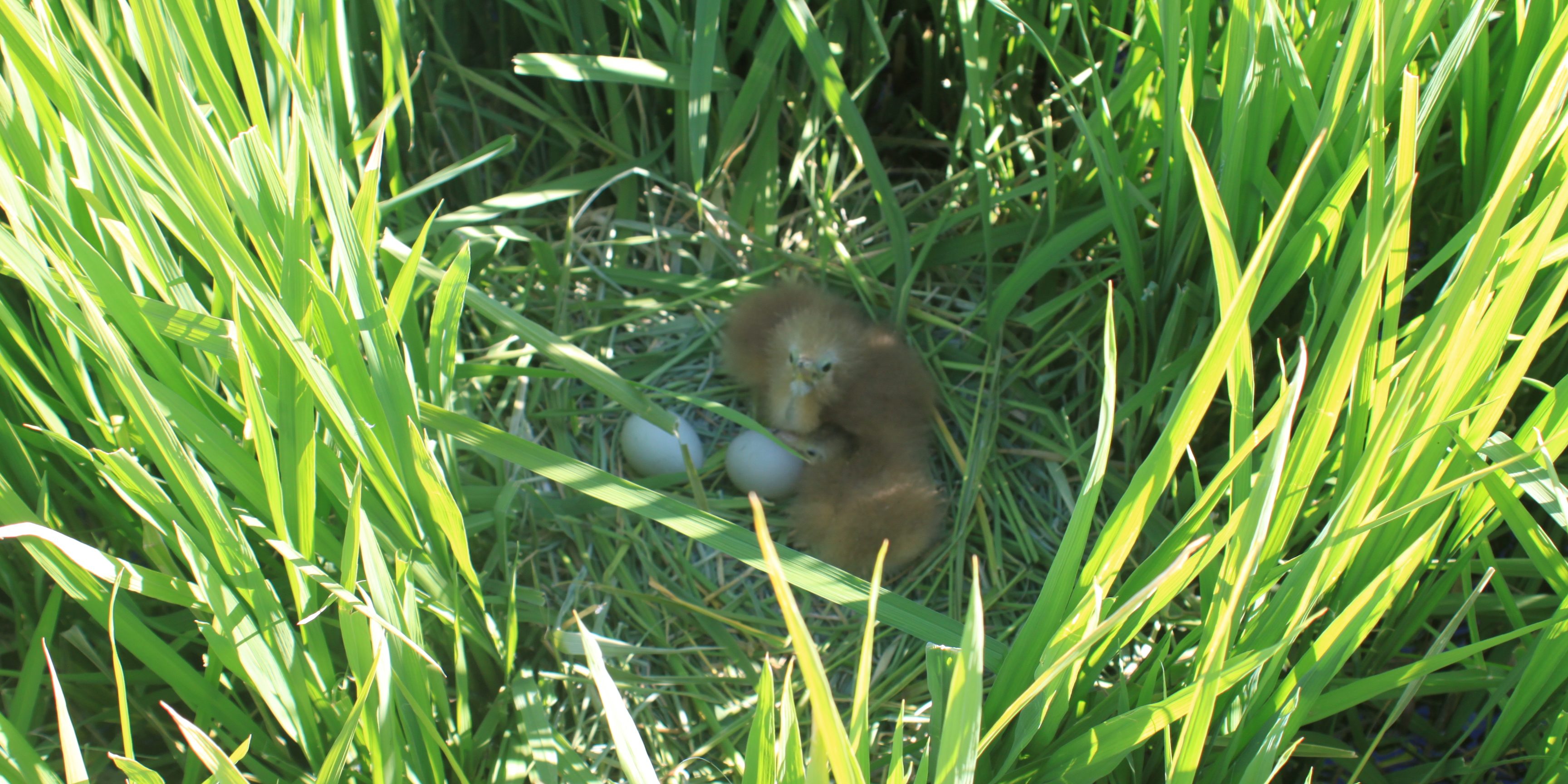Local Land Services (Riverina) – Boosting the Bunyip Bird Yield Project
The Riverina is home to the largest population of Australasian Bitterns in the world. The male Australasian Bittern makes an eerie deep booming sound in early summer and it’s this sound that is thought to have given rise to the legend of the Bunyip Bird.
The Boosting the Bunyip Bird Yield Project commenced in 2019, and will provide additional and improved habitat for this endangered species across the Coleambally and Murrumbidgee Irrigation Areas and nearby Mid Murrumbidgee wetlands. It is anticipated that these activities will result in an increase in the population of Australasian Bitterns.
Background

Australasian Bitterns are a wetland species that specialise in shallow wetlands with a dense cover of sedges, reeds, cane grass and lignum. The birds are heavy set and stocky, approximately 70cm tall, with a heron-like appearance. Their plumage is mottled and dark brown to black with greenish legs Australasian Bitterns are very difficult to spot and can often only be seen when they stand still and point their beaks to the sky.
The Draft Threatened Species Recovery Plan identifies loss of wetland habitat as a key threatening process for the species. The Plan also acknowledges the birds’ use of rice over the summer months in the Riverina. The use of rice as a surrogate wetland was first discovered by the Bitterns in Rice Project ( 2012-2017), when it was established that the birds were using the rice crops of the Riverina over the summer months for breeding purposes. It has been found that the current move towards delayed permanent water on rice crops is a threat to successful breeding as the birds require a minimum of 130 days of permanent water for their young to successfully fledge. Predation by feral animals is also considered a threat, particularly to young birds.
The importance of partnerships
The Boosting the Bunyip Bird Project is a multi-faceted project that has only been made possible by the many project partners working together to achieve a common goal-improving opportunity for the endangered Australasian Bittern. The project is led by Riverina Local Land Services with partners providing technical and financial support to the Project.
The partners involved in the project are:
- Landholders participating in the project
- Rice Growers Association of Australia (RGA)
- SunRice
- Rice Extension team
- Department of Planning Industry and Environment – Environment Energy and Science Group (EES)
- Department of Planning Industry and Environment-Lands (Lands)
- Commonwealth Environmental Water Office (CEWO)
- Department of Primary Industries
- Murrumbidgee Field Naturalists
The project
In consultation with project partners, a suite of activities have been developed that address the threats identified in the Draft Threatened Species Plan for Australasian Bitterns

- Growing Bittern Friendly Rice: Rice farmers are participating in an incentive program to improve breeding success rates and increase the number of chicks successfully fledging.
- Wetlands: Working with Government Agencies and landholders to increase the area and habitat value of Bittern habitat in wetlands by modifying infrastructure.
- Capacity Building: Undertaking field days, training events and providing awareness-raising pamphlets and fliers to assist rice farmers and to raise awareness about the species and its needs in the broader community.
Growing Bittern Friendly Rice
An Incentive package for Bittern Friendly rice was developed in consultation with RGA, Rice Extension, SunRice and NSW DPI, as well as local landholders, to ensure that the program was practical, not too onerous for growers, and would not affect rice yields, whilst still providing outcomes for Bitterns. This approach has resulted in 17 landholders participating in the project and 1,245 ha of Bittern Friendly Rice being grown over 2 years, which is over double the planned target!
Wetlands
In consultation with EES and other agencies, wetlands have been selected to be included in the project that require modified or new structures to improve the delivery of environmental water or increase the area where environmental water can be utilised so that the necessary habitat requirements of the birds are met. The current works program will see 500ha of wetland providing improved habitat for the species.

- Sunshower Lagoon: Works undertaken at Sunshower Lagoon has enabled the Lagoon to be watered when required and have resulted in an excellent vegetation response on 75 ha of wetland. EES managed the project and provided a financial contribution as part of cost-sharing arrangements. CEWO environmental water has been used to water the site on 3 occasions, with EES managing water delivery.
- Turkeys Flat Wetland: Although too early to tell and with stage 2 works about to be completed it is anticipated that Turkeys Flat will provide an additional 150 ha of Australasian Bitten Habitat The project has been co-funded by EES and CEWO with NPWS support.
- Tuckerbil Wetland: Tuckerbil wetland is a Ramsar listed wetland managed by Lands. Works will be undertaken this year to ensure that environmental water can be efficiently delivered to 4 cells that will be created as part of the project. Throughout the integrity of the wetland will be maintained. The project will be managed by Lands with cost-share arrangements in place to ensure the project can be completed. The site will be watered with EES and CEWO environmental water upon completion.
A special partnership
The relationships developed between landholders involved in the Growing Bittern Friendly Rice incentive has resulted in the establishment of an excellent network amongst the growers who are now swapping information and photos on their own messaging group. All are very keen on the project and have developed a sense of ownership and pride at being involved. Assistance from Rice Extension and SunRice has added to this sense of “family” with all growers indicating that they wish to continue their involvement, water allocations permitting.
The Boosting the Bunyip Bird Yield Project is supported by Riverina Local Land Services through funding from the Australian Government’s National Landcare Program


Additional Resources
- For more information on bittern friendly rice farms, view their website here.
- For more information on the role of the rice industry and growing bittern friendly rice, view a video here (clip funded by SunRice).
- For further information on the “Bitterns in Rice Project”, view their website here.







